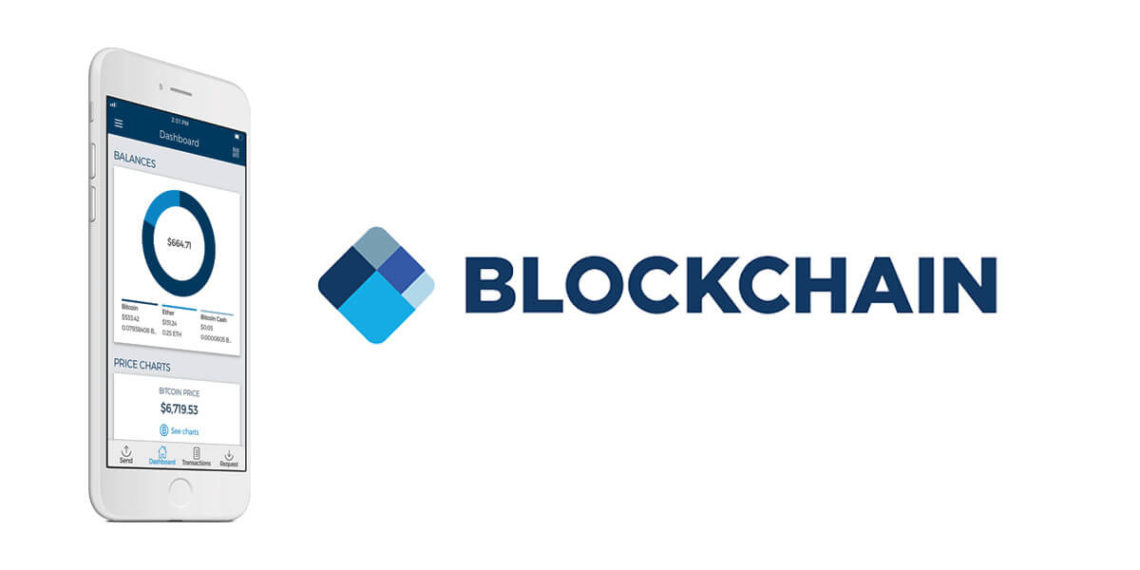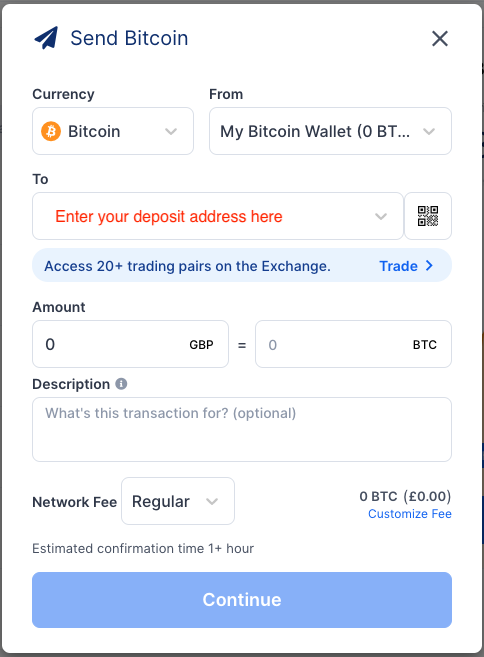

These fees are known as “gas” on the Ethereum blockchain, and are colloquially referred to as such in other contexts. Although each of these blockchains (Bitcoin, Ethereum, and Solana, just to name a few) have unique characteristics, they all share one common feature: all users of a given network must pay transaction fees to incentivize network participants to do the “work” (i.e., mining) required to add that transaction to the blockchain’s distributed ledger.


This post describes and explains how FTX handles transaction fees charged by blockchains. To summarize, FTX absorbs and subsidizes fees charged by efficient, environmentally friendly blockchains. FTX absorbs almost all fees charged by other blockchains. However, FTX reserves the right to pass-through some or all of high per-transaction fees charged on some transfers on less efficient blockchains.Įxchanges like FTX must integrate with a variety of different blockchains so that customers can transfer cryptocurrencies in and out of the platform. Blockchain Transaction Fees (“Gas”) on FTX


 0 kommentar(er)
0 kommentar(er)
